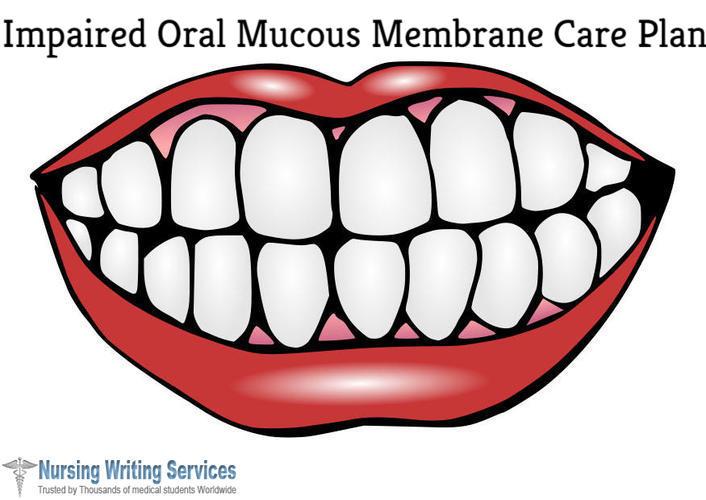
Impaired swallowing is the abnormal functioning of the swallowing mechanism. The impairment is associated with deficits in the oral, esophageal or pharyngeal structure of the function. It prevents the sufferer from meets daily nutritional requirements by preventing proper eating and absorption. It is a difficult disorder and should be prevented. Impaired Swallowing Care Plan provides an updated assessment of the diagnosis to the patient with an impaired swallowing condition. For this reason, nursing care team may have a need to seek for impaired swallowing care plan writing help to design a neat and well structured impaired swallowing care plan for their patients.
Impaired Swallowing Care Plan Diagnosis
The signs and symptom that a care plan should anticipate include:
Oral: First stage
- Chocking and coughing before swallowing
- Drooling
- Food pushing and falling from the mouth
- Gagging before swallowing
- Incomplete lip closure
- Inability to clear the oral cavity
- Insufficient chewing
- Ineffective tongue action in forming bolus
- Nasal reflux
- Prolonged in inconsistencies in bolus
Pharyngeal (second stage)
- Alteration in the head position
- Chocking, coughing and delayed swallowing
- Gagging sensation
- Repetitive swallowing
- Poor voice quality
- Recurrent pulmonary infection
Esophageal: third stage
- Swallowing difficulties
- Acidic smell in breath
- Heat burn
- Bruxism
- Hyperextension of the head
- Nighttime coughing an awakening
- Repetitive swallowing and complain of “stuck food.”
- Voice limitation
- Vomiting
- Irritability around mealtime
In all phases, the swallow study is abnormal, and the patient may refuse to eat.
Impaired Swallowing Care Plan Desired Outcomes
- A care plan by a practitioner caring for a patient with impaired swallowing should help to implement measures to improve swallowing ability and help the patient to achieve these outcomes:
- Display ability to swallow safely as shown by the absence of choking, coughing or aspiration (drawing breath) when drinking or eating.
- No status of foods in the oral cavity after feeding
- Active ability to ingest food /fluid
- Can discuss the appropriate actions to prevent choking or aspiration and emergency measures if chocking occurs.
- Verbalizes best positioning when eating, safe environment and type of food that he or she can tolerate.
Impaired Swallowing Care Plan Nursing Assessment
Assessment is necessary for helping the caregiver to recognize the likely problems that could be the cause of impaired swallowing and handle any difficulty rat could emerge during care.
Asking the patient to swallow to assess his or her ability: Lets the caregiver determine ability of swallowing mechanism
Observe the occurrence of coughing or choking when eating and drinking: Signals a nurse about signs that indicate aspiration (drawing of breath).
Assess an ability to swallow small amounts of water: Ability to swallow liquid is a test for risk of aspiration
Check fluid or food backflow: Another signal about risk of aspiration
Determine and evaluate the readiness to eat: Helps to determine the physical and mental ability of a patient to attempt eating without the presence of aspiration.
Impaired Swallowing Care Plan Interventions
The care plan for impaired swallowing should contain therapeutic nursing interventions to help in managing the current condition and promote healing.
Position the patient in the proper position when eating: Correct positioning prevents aspiration.
Encourage eating small frequent meals with rests in between: These feeding steps prevent exhausting activities including feeding
Encourage self-feeding as possible: Promotes independence and motivates the patient to practice best swallowing techniques
The caregiver should place the food on the unaffected side when feeding a patient recovering from a stroke: Allows chewing on the unaffected side to prevent food from getting to the affected side a risking aspiration.
Prevent oral care before meals: Oral cleanliness helps to increase appetite.
Ensure their suction equipment at the bedside: Having suction equipment at the ready helps the nurse to drain saliva in case of drooling
Initiate alternative feeding when oral intake is impossible: Helps to maintain nutritional intake.
Oversee eating to the end: A nursed should oversee the feeding to ensure that the patient does not talk or get distracted while eating. It lets the entire concentration to be on feeding.
Arrange calorie count: Refer the patient to a dietician for calorie content in consideration to the patient's food preferences.
It offers guidelines on better food choices that have the correct caloric content: Consult a therapist or speech pathologist
Allow the patient to get quick intervention of swallowing and other accompanying impairment: It is good for the caregiver to praise a patient every time he or she follows directions and swallows successfully.
As healing progresses, it is necessary to weight the patient weekly to evaluate nutritional intake and encourage exercises that strengthen muscular strength of tongue or face.
It is also necessary to educate the patient and family on best caring practice and dietary requirements.
Impaired Swallowing Care Plan Writing Help
Coming up with a clear nursing care plan may be a bit challenging for the nurse on duty. For this reason, most of the nurses seek Impaired Swallowing Care Plan writing help online for a good and detailed care plan. We offer exclusive Nursing Care Plans Writing Services to nurses and nursing students at affordable rates. Our Nursing care plans are original, structural and well-written to provide an easy guide to assessment and treatment for patients. Hire our competent writers for an affordable Impaired Swallowing Care Plan writing help online with 100% money guarantee.






